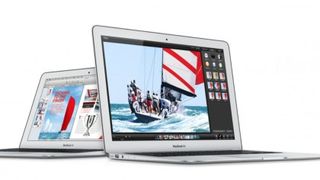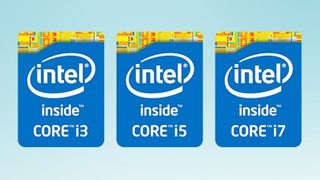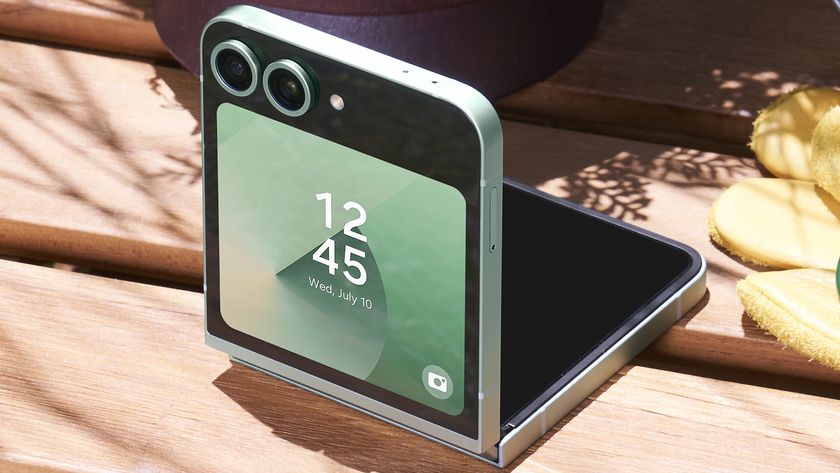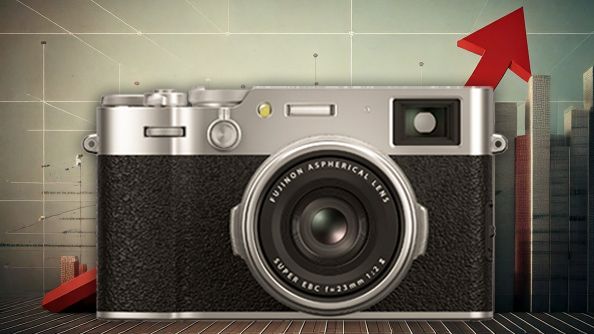Intel Broadwell vs Haswell: What's new in Intel CPUs?
Inside Intel
It also opens the doors to something many tech fans have been waiting for – the MacBook Air with Retina display. We had hoped to see this high-res version of the Air as part of the I/O 2014 hardware refresh, but all we got was a MacBook with a tiny processor upgrade. It's nothing to trade your 2013 model in for.
Giving extra room for high-dpi screens in slim laptops is why Broadwell really matters.
What about graphics?
There's more to the Intel Broadwell upgrade too – graphics. Intel's Core processors aren't just CPUs, they also incorporate graphics chips. The official term for this kind of all-in-one get-up is an APU, used to describe chipsets that provide processors other than the main CPU. In this case the main one is the graphics chip.
As in any Intel Core processor, graphics performance with Broadwell will depend on the model you fork out for – there's a big gap between the lowest-end Core i3 and the top Core i7. However, we do know that we'll see major upgrades across the range.

For laptops, Broadwell chips are expected to use Intel HD 5500, HD 6000 and Iris HD 6100 chipsets according to CPU World. Names alone don't mean much, but while the graphics processor will use the same core architecture as the current Haswell models, the new ones will have 20% more 'execution units'. Essentially, the Broadwell graphics engine is going to be bigger, and that's a very good thing.
Broadwell is really going to squeeze the already-pretty-slimline entry-level dedicated graphics card market. There have been some reports of the GPUs offering up to a 40% performance increase, but we're not holding out breath for anything quite so good.
When is Broadwell coming?
We asked Intel when Broadwell processors would be here. While we didn't get an exact date yet, we were told, "we expect the initial Broadwell-based devices, including fanless 2 in 1s built on the Core M processor, will be on shelves by the end of this year with more products and broader OEM availability in 2015."
Are you a pro? Subscribe to our newsletter
Sign up to the TechRadar Pro newsletter to get all the top news, opinion, features and guidance your business needs to succeed!
Not all the kinds of Broadwell chip will come out at the same time, and there are three key kinds of Broadwell chipset that'll end up in the sorts of computers we'll see on shelves. In order to decode the code names of processors, you first need to know about the Y, U and H CPU types. They're used today in Haswell processors too.
Y chips are designed for super-low power devices, things so cool-running that they don't need a fan. Put one of these in a laptop and open up a dozen giant RAW photo files and it won't be happy. These are expected to be some of the first Broadwell devices that pop up, though.

The most important type for most of you is the U Broadwell group. This is the kind of chip that will be used in things like 2015 Ultrabooks and the next-generation MacBook Air. It's still a low-voltage chipset, but can handle things like hardcore video and photo editing pretty well.
For the real enthusiast, it's the H Broadwell series that matters. These are the all-guns-blazing chips that'll be used in desktop gaming rigs and other setups that don't have to worry so much about power consumption.
It seems like it'll be 2015 until some of the most important Broadwell chips appear, though. Intel has had real trouble shrinking its CPU down from the 22nm of Haswell to the 14nm of Broadwell, and it has caused a bit of a delay. Some manufacturers are unlikely to start upgrading laptop lines until well into 2015.
What happens after Broadwell?
Intel never stops, though. It already has plans for the next generation of CPUs after Broadwell, and a name to call it by.
Intel Skylake will be the successor to Broadwell. As we've already learnt about the Intel 'tick tock' style, it'll feature a new architecture but the same 14nm transistor size as Broadwell.
Early reports suggest we may be looking at as much as a 50% increase in GPU power, but for most of us, it's the efficiency of Broadwell that's really worth getting excited about. We can't be too far away from the MacBook Air with Retina display now.
Andrew is a freelance journalist and has been writing and editing for some of the UK's top tech and lifestyle publications including TrustedReviews, Stuff, T3, TechRadar, Lifehacker and others.












